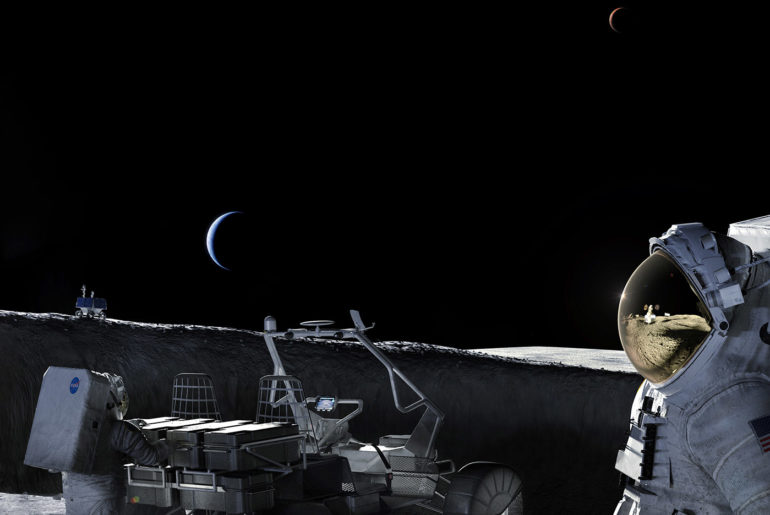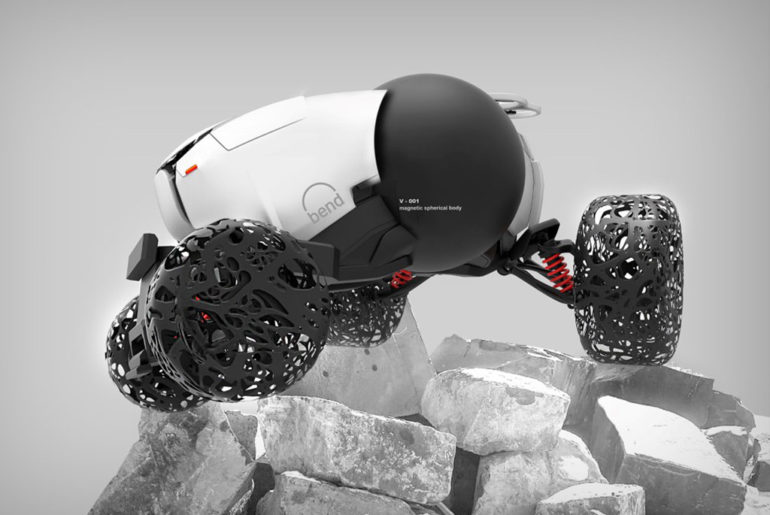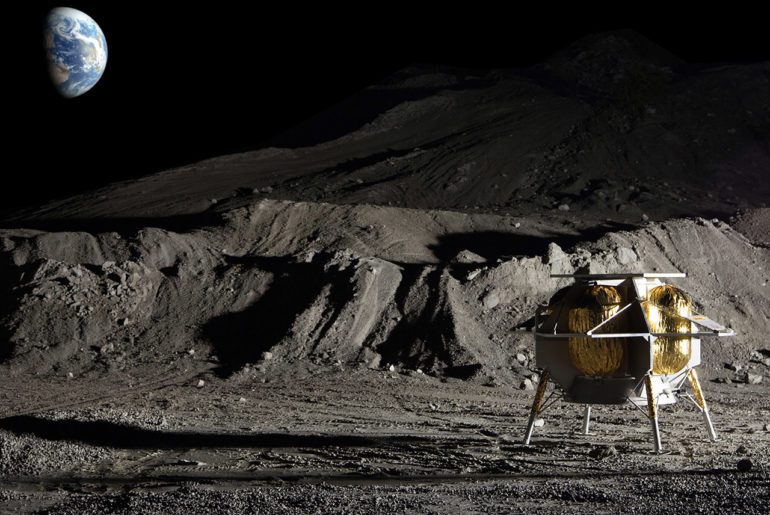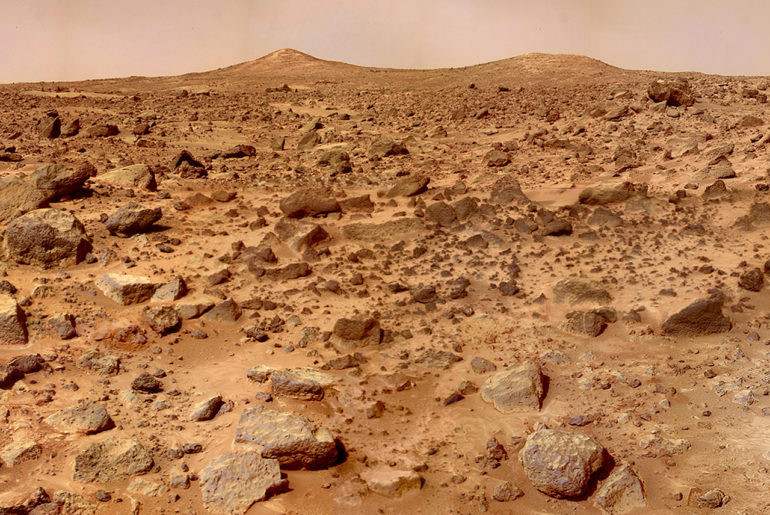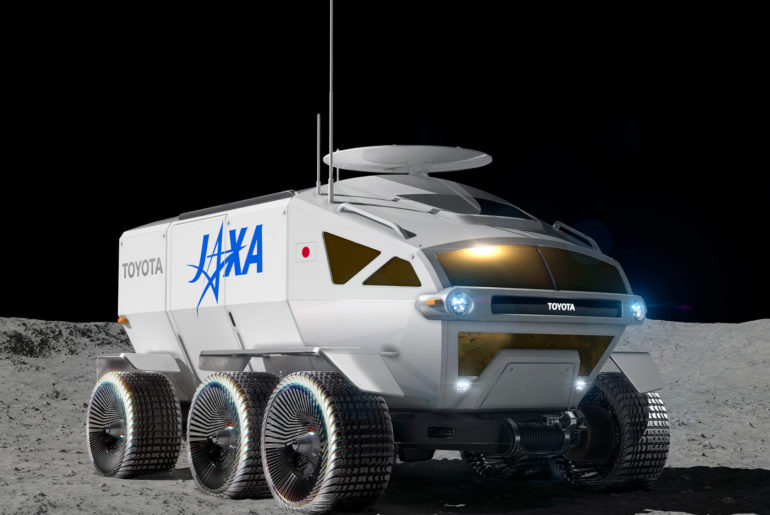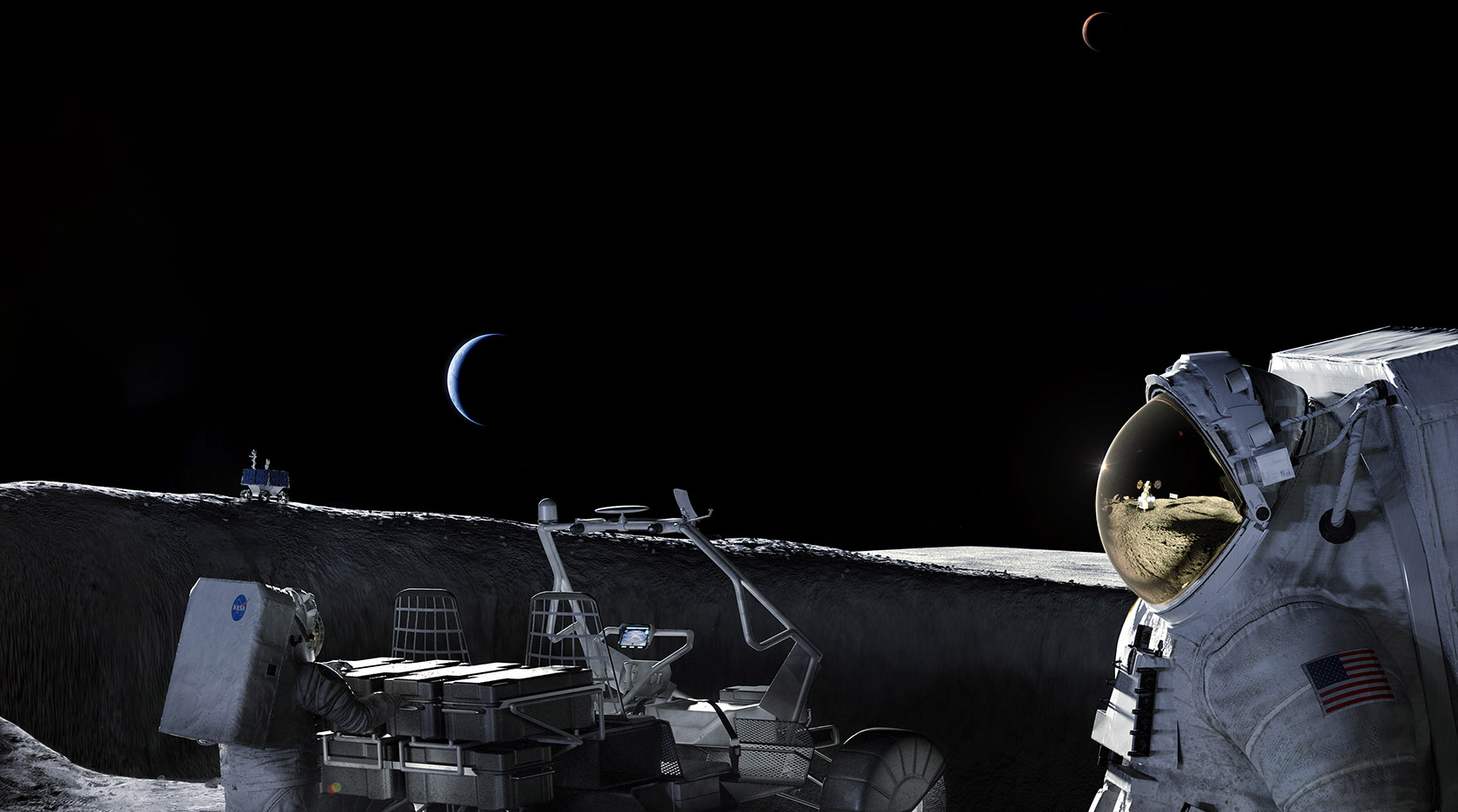
NASA has chosen Nokia Bell Labs’ to build and deploy the first ultra-compact, low-power, space-hardened, end-to-end 4G LTE solution on the lunar surface by late 2022. Nokia is teamping up with Intuitive Machines for this mission to integrate this groundbreaking network into their lunar lander for deployment on the surface, which will then self-configure upon landing, thus establishing the first LTE communications system on the Moon.
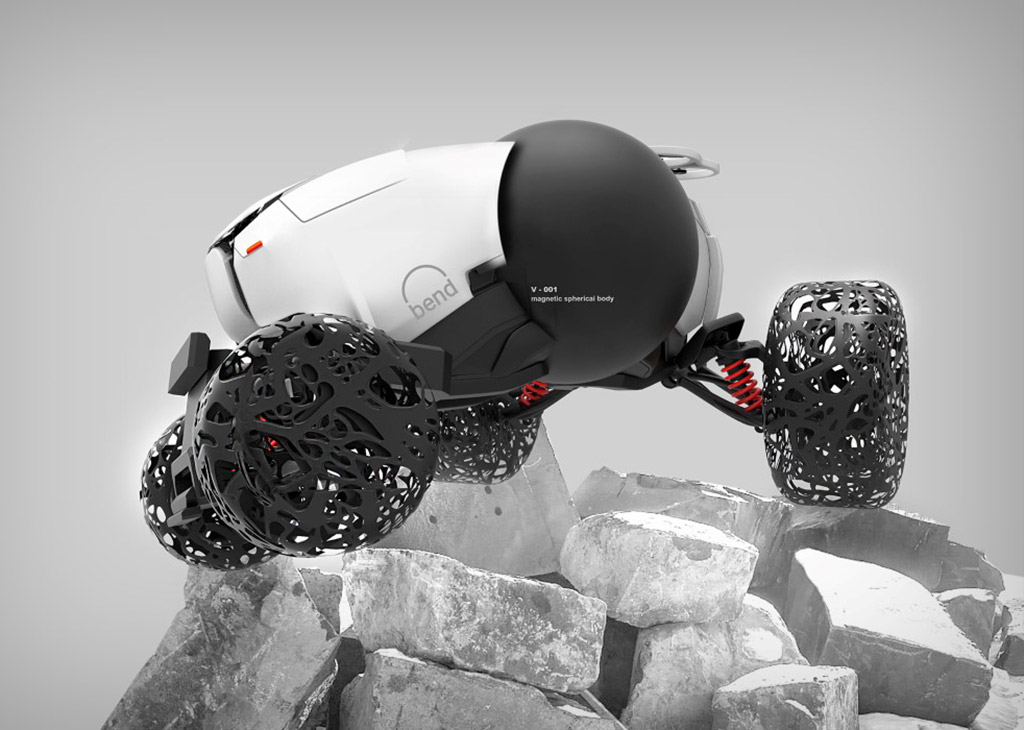
Photo credit: Maya Prokhorova
When you hear the word rover, the Moon or Mars probably come to mind, but the BEND Unmanned Cross-Country Vehicle was designed to go anywhere on Earth. Featuring a large magnetic ball-socket joint that allows it to twist and contort itself around any obstacles in its way. The airless tires ensure that you won’t be left in the middle of nowhere with a flat just in case you should run over something.
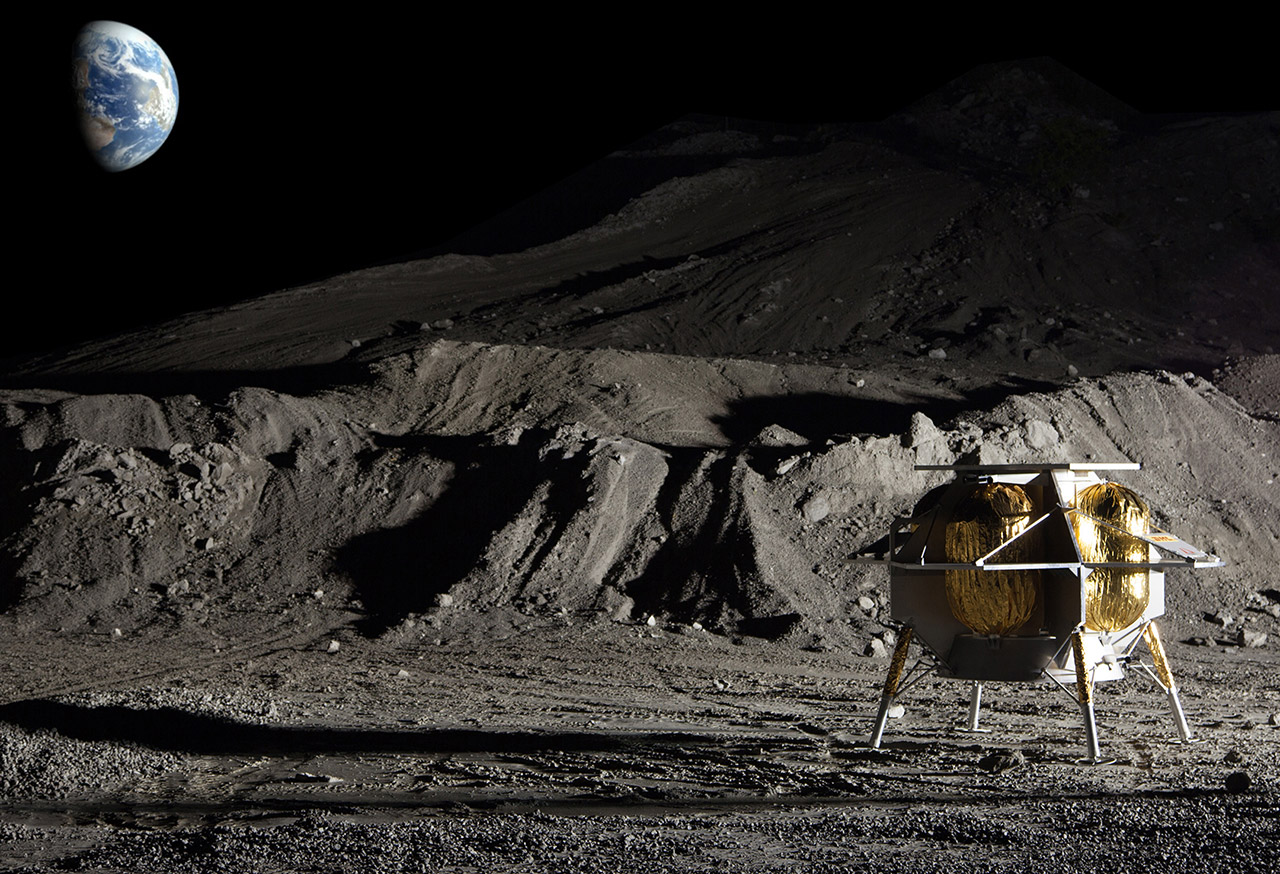
Photo credit: Astrobotic via The Verge
NASA is seeking to purchase lunar soil samples from private companies. These companies are not limited to just those in the United States, but from around the world, and the lunar samples requested range from 1.8 ounces to 18 ounces by 2024. The space agency will pay between $15,000 to $25,000 for them, but with one catch, you’ll get the 80% remainder of the money once the soil is delivered. Companies only get 10% after signing the contract and another 10% once the spacecraft launches.
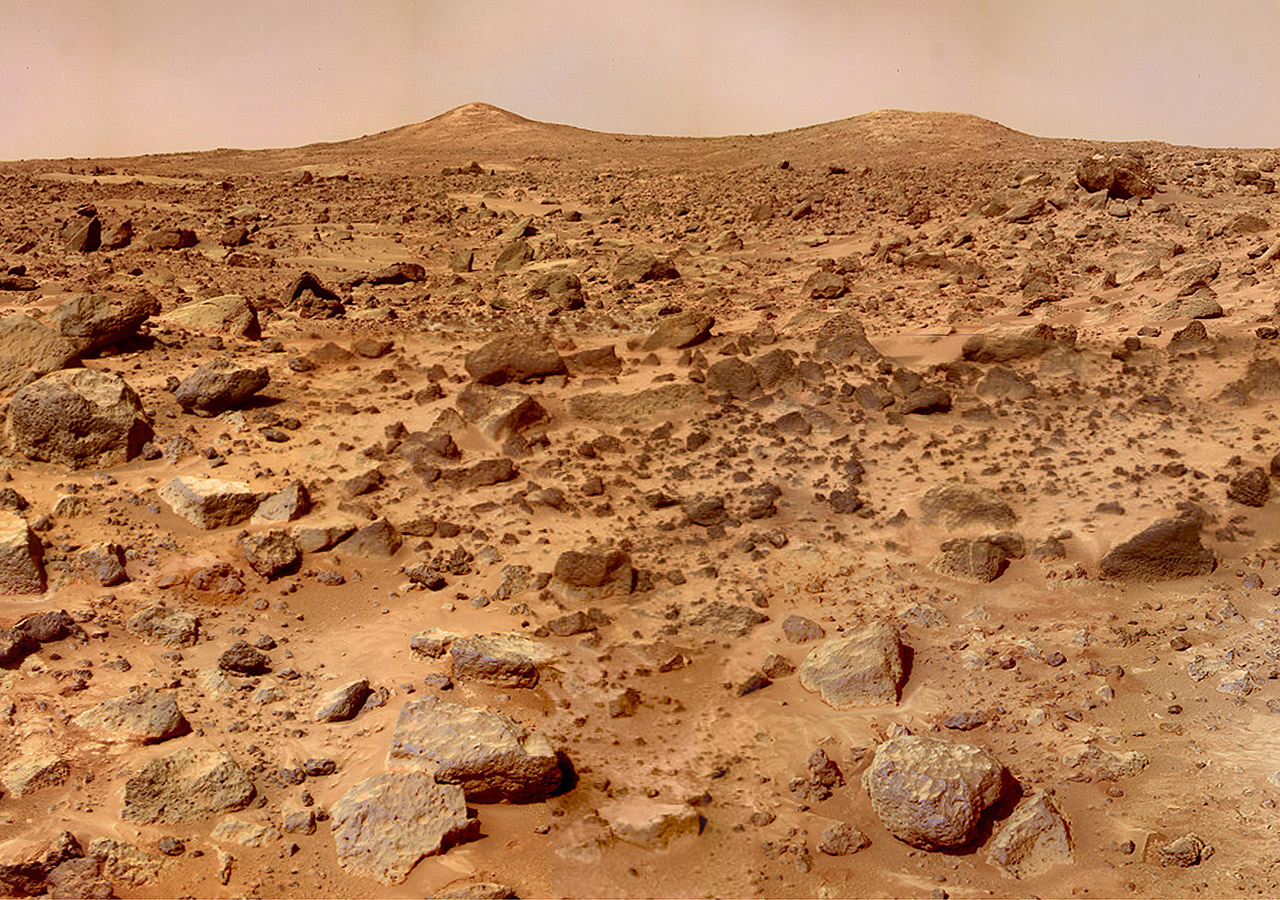
NASA’s Mars Pathfinder mission arrived July 4, 1997 on the Red Planet. Its small rover, named Sojourner after abolitionist Sojourner Truth, spent 83 days of an initially planned 7-day mission, exploring the Martian terrain. A multitude of images were captured, while also taking chemical, atmospheric and other measurements. The final data transmission was received from Pathfinder at 6:23 am EST on September 27, 1997.
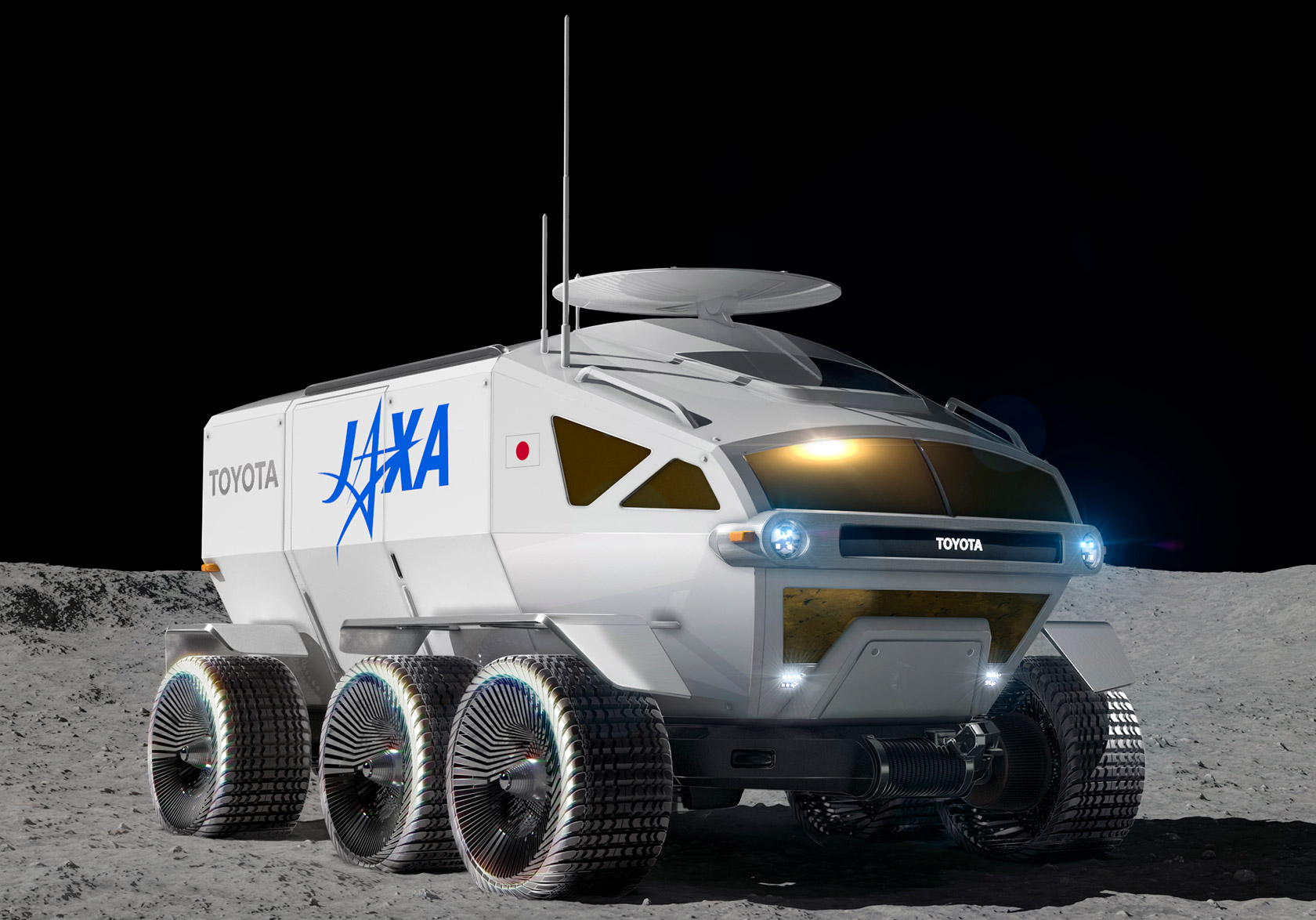
NASA’s Artemis mission will send humans back to the moon by 2024 and the crew won’t be staying in a base or inflatable tent, but rather a pressurized RV rover. The space agency recently joined Toyota and Japan’s Aerospace Exploration Agency (JAXA) to design a six-wheeled, self-driving rover capable of accommodating two astronauts for up to 14 days. They’ll be able to live and work inside while traveling across lunar surface.

